12 Declare aircraft destroyed
Whoever ends up owning the aircraft must notify the CAA that it is permanently non-airworthy, using the form on the back of the aircraft’s registration certificate. With a Permit aircraft, you should also inform the relevant governing body.
13 Work starts
But, as we said at the start, most incidents are minor. Once the repairs are agreed, work can get underway. If expensive parts, such as engines or propellers, need replacing, the insurers might arrange that directly. Smaller parts are paid for by the maintenance company.
If you have the money and want to speed things up, you could give a blank cheque to the maintenance company and arrange payment with your insurers later. It could be a gamble though, if your insurers disagree with decisions over parts.
Also consider whether there is other maintenance needed. While the aircraft is grounded and being dismantled, it’s a good opportunity to get extra work done.
Wait… and then wait some more
It takes a very long time to fix an aeroplane. Just getting quotes for parts can take several weeks. Delivery can take months, especially if parts need to be manufactured. If you need paintwork, you can add on another month or so.
14 Checking airworthiness
Great news – your aircraft is repaired! But wait a minute… who decides whether it’s airworthy?
In general, airworthiness is agreed with the maintenance organisation. If an air test is needed, they will have arranged it. You can give input into who conducts this test and nominate someone properly insured and qualified.
Even if an air test isn’t needed, if major structural elements have changed, or the aircraft has been taken apart, it’s sensible to do a shake down flight. You can do that yourself, of course, or ask an experienced pilot to go for a flight and double-check there’s nothing odd.
For the first few hours, be extra careful with your checks – look out for anything that needs a bit of tightening, for example. Although you’ve signed the aircraft off as repaired, if there’s something majorly wrong that you believe is a result of the accident, go back to the insurers as they can reopen the file.


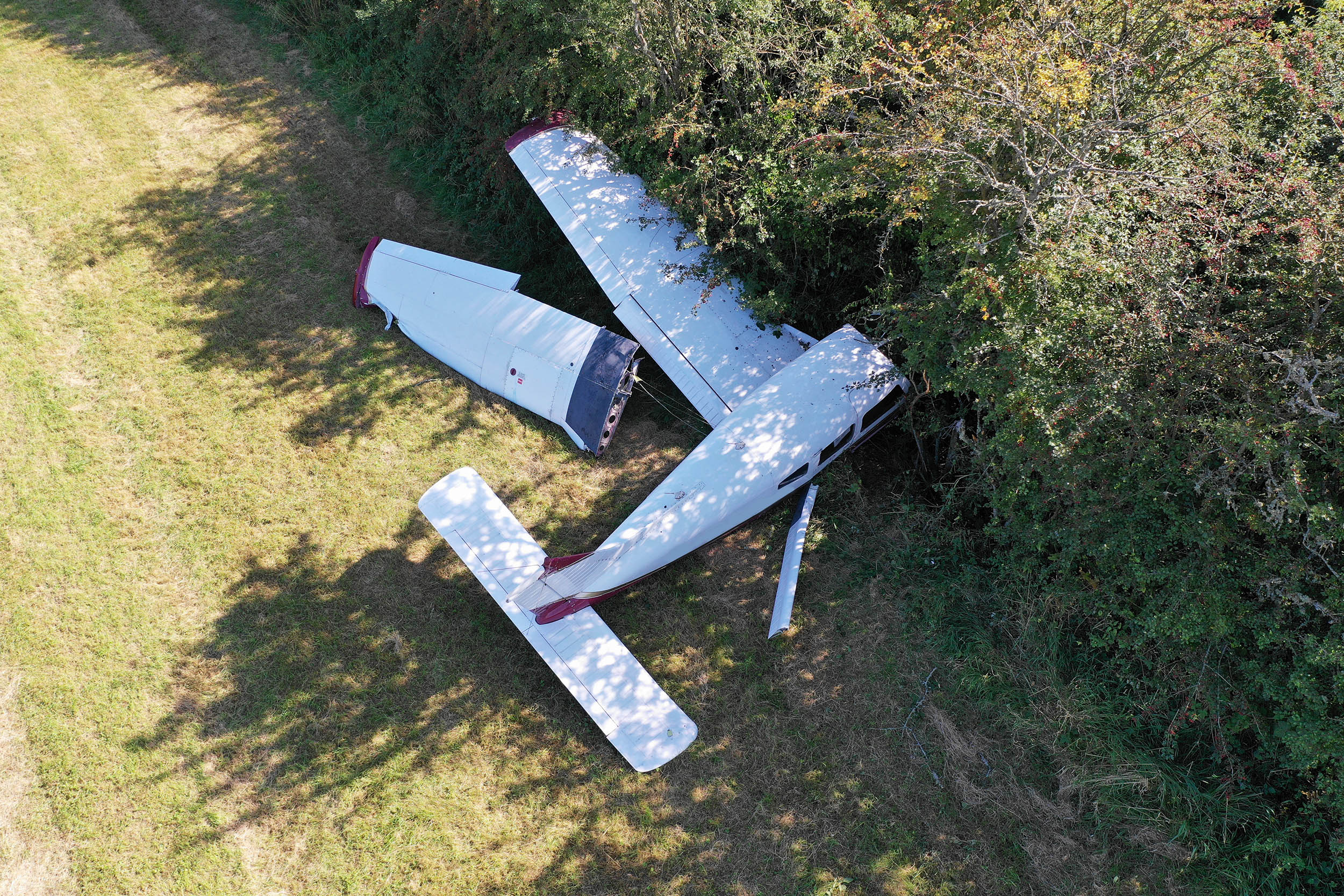
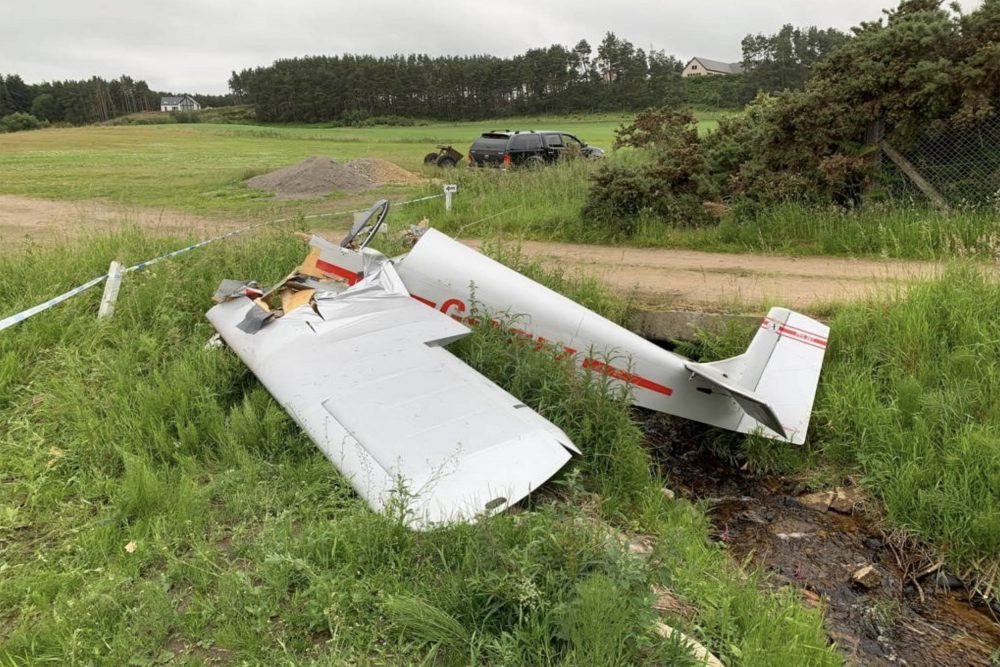
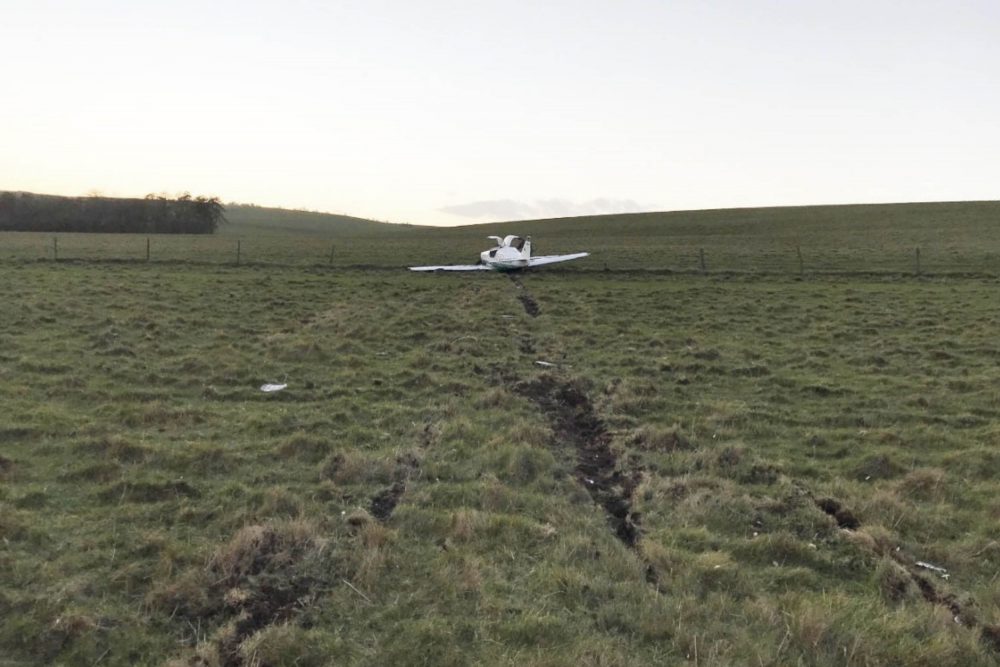
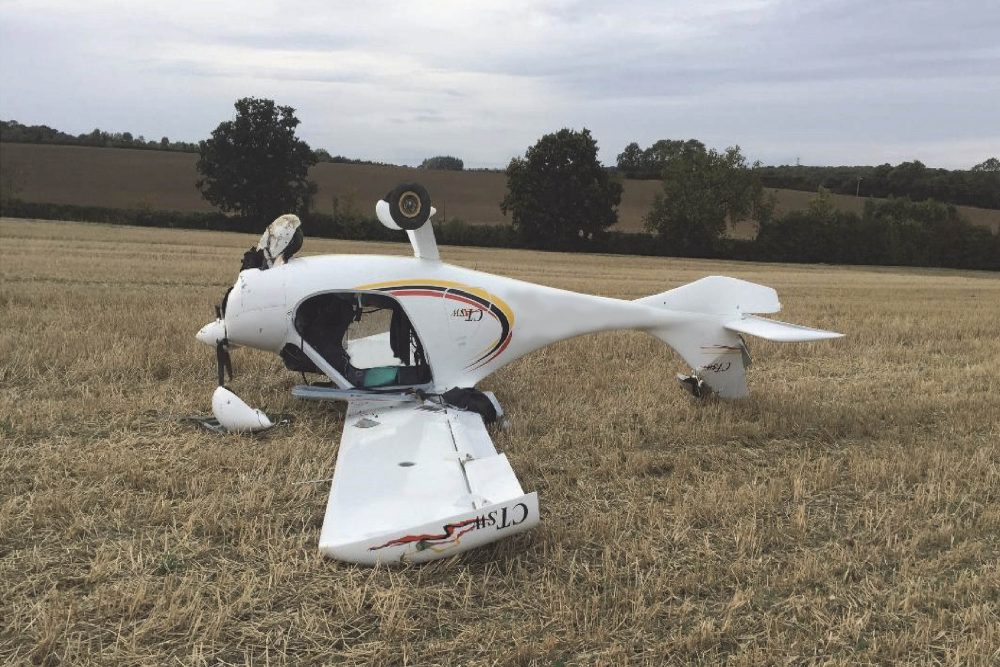
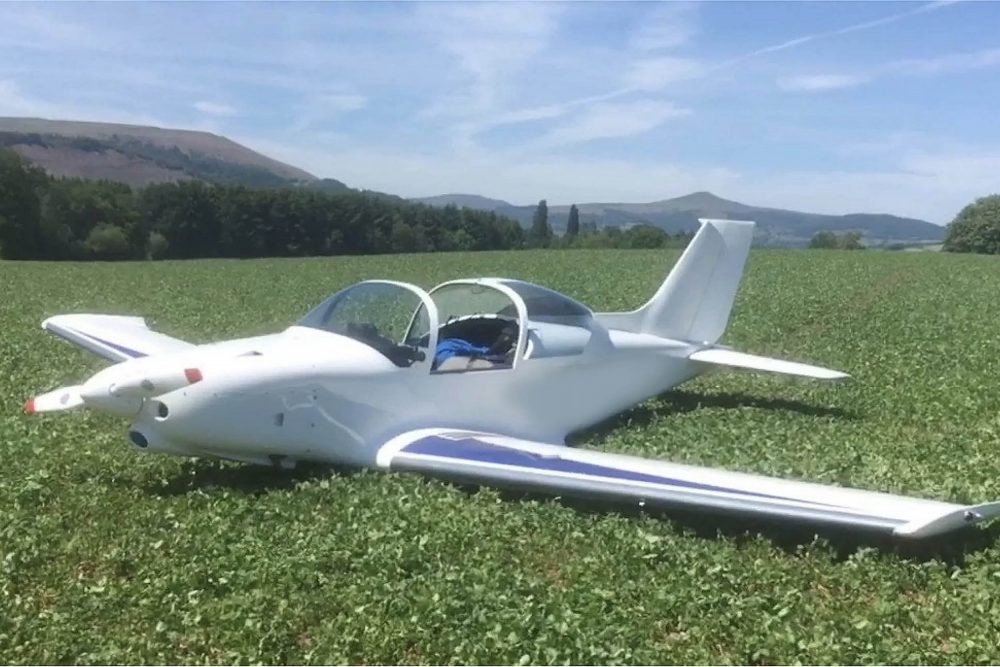
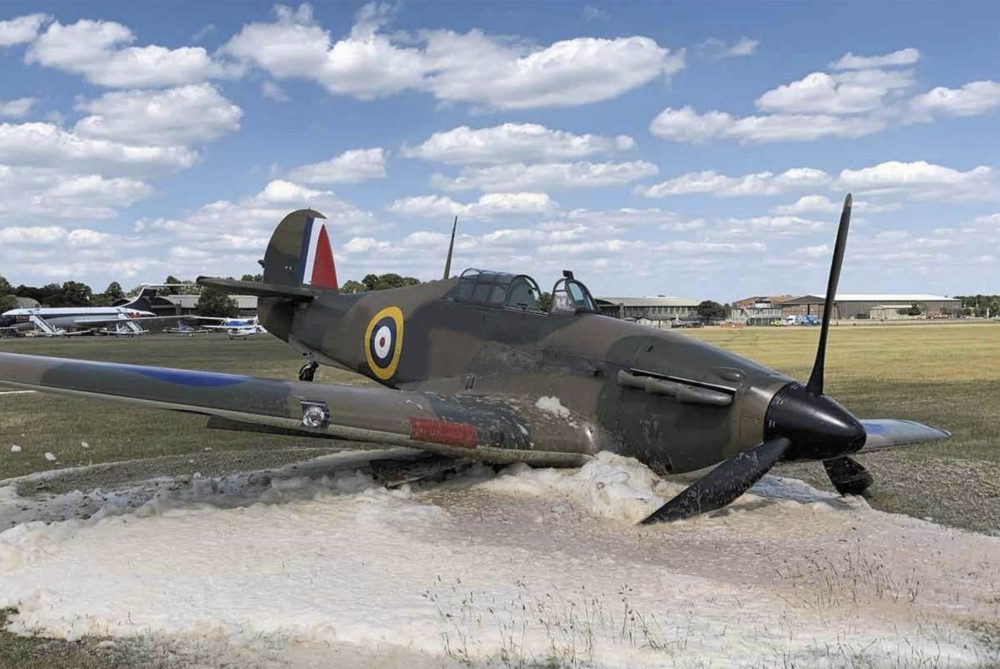
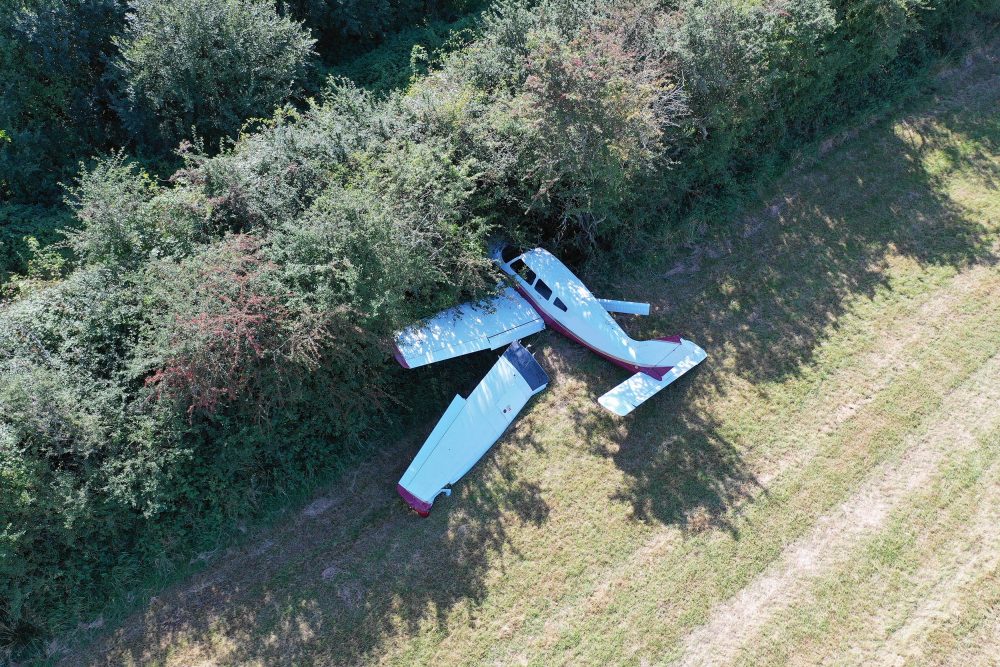

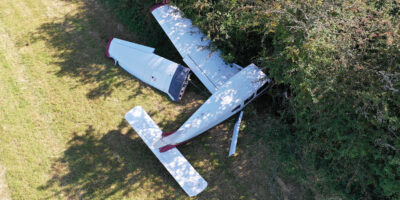
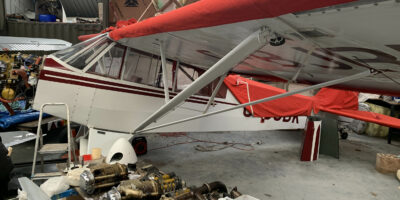

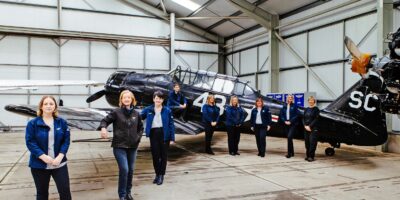
2 comments
Useful article – but what do you do if you’ve made a forced landing and the aircraft needs to be recovered?
In addition to taking photos/videos and collating any eyewitness accounts, I very much recommend writing down every detail you can think of as soon as possible, while the information is still fresh in your mind. Having a contemporaneous account of what happened will be invaluable. The longer it’s left, the more details that will be forgotten, or changed.